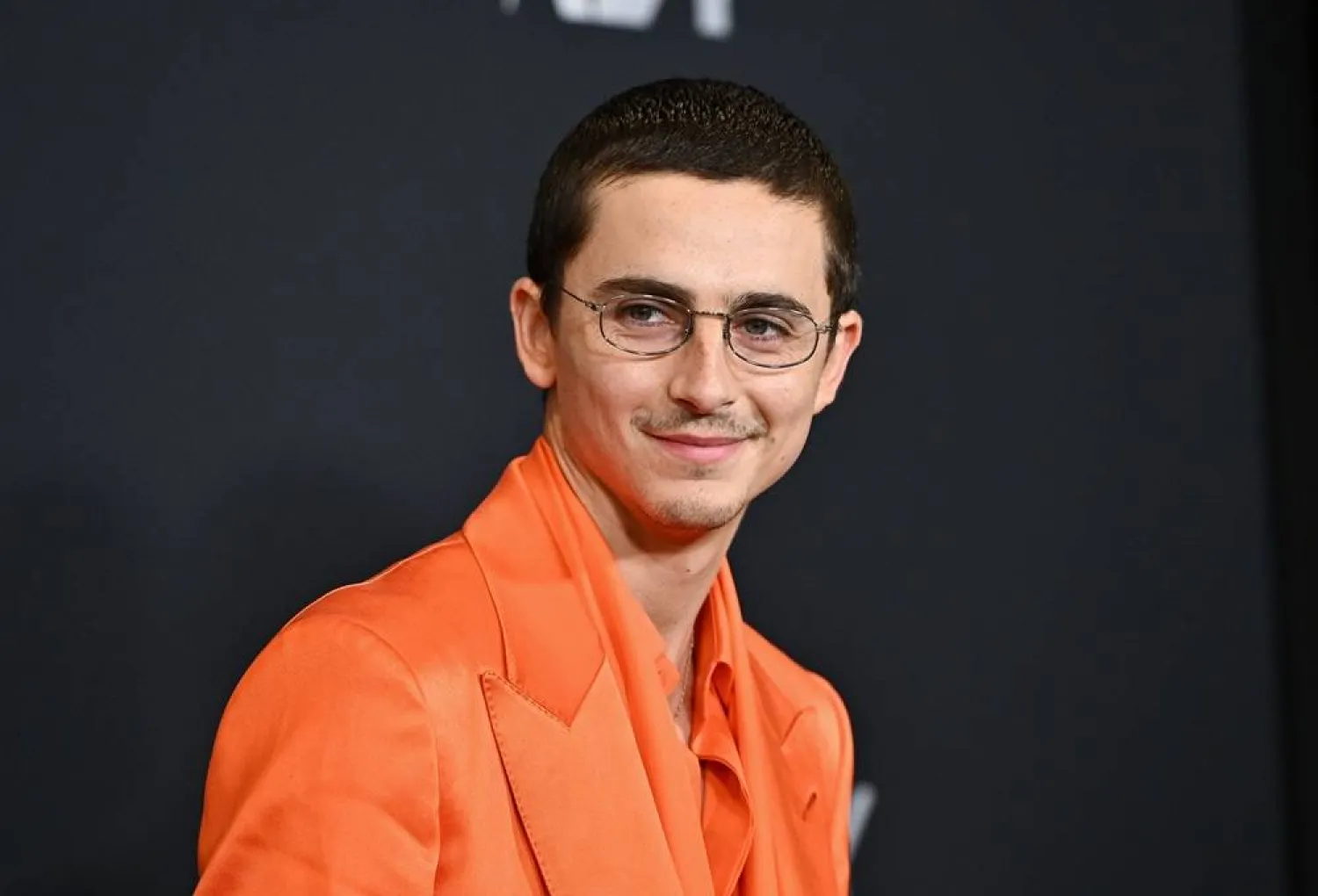A movie director who was shot by Alec Baldwin during a movie rehearsal — and survived — testified Friday at trial that he was approaching the cinematographer when he heard a loud bang and felt the bullet's impact.
“It felt like someone had taken a baseball bat to my shoulder,” said Joel Souza, who was wounded by the same bullet that killed cinematographer Halyna Hutchins on the New Mexico set for the upcoming Western movie “Rust” on Oct. 21, 2021.
Souza never filed a complaint but was called to testify as prosecutors pursue charges of involuntary manslaughter and tampering with evidence against movie weapons supervisor Hannah Gutierrez-Reed, who maintains her innocence. Baldwin, the lead actor and co-producer on “Rust,” was separately indicted by a grand jury last month. He has pleaded not guilty, and a trial is scheduled for July.
Prosecutors are reconstructing a complex chain of events that culminated in gunfire on a film set where live ammunition is expressly prohibited.
According to The Associated Press, Souza said his workday began before dawn with the realization that six camera-crew members had walked off set. Hutchins put out urgent calls for replacements, and filming was back underway by late-morning in an outdoor scene involving horses and wagons.
Work after lunch started with positioning a camera in preparation for an extreme close-up take of Baldwin drawing a gun from a holster inside a makeshift church. Souza said he moved in behind Hutchins for a closer look at the camera angle but never saw the gun that shot him.
“I got up behind her just to try to see on the monitor, and there was an incredibly loud bang,” Souza said. “This was deafening.”
Baldwin and his handling of firearms on set are coming under special scrutiny in questioning by prosecutor and defense attorneys.
On Thursday, prosecutors played video footage of Baldwin pressuring the movie armorer to hurry up as she reloads guns between scenes.
“One more, let's reload right away,” Baldwin says at the close of a scene. “Here we go, come on. We should have had two guns and both were reloading.”
Gutierrez-Reed can be seen quickly loading a revolver.
Expert witness Bryan Carpenter, a Mississippi-based specialist in firearms safety on film sets, said Baldwin's commands infringed on basic industry safety protocols and responsibilities of the armorer.
“He's basically instructing the armorer on how to do their job ... ‘Hurry up, give it to me fast,’" Carpenter said. “Rushing with firearms and telling someone to rush with firearms is not — not normal or accepted.”
On Friday, defense attorney Jason Bowles pressed Souza to remember whether the script explicitly called for Baldwin to point the gun toward the camera, where he and Hutchins were standing.
“And do you know whether, from the script, whether that firearm was supposed to be pointed towards the camera?” Bowles inquired.
“It’s not a matter of the script, really. For that specific shot, it was literally supposed to be the gun being pulled out sideways,” Souza said.
Prosecutors say Gutierrez-Reed is to blame for unwittingly bringing live ammunition on set and that she flouted basic safety protocols for weapons — partly by leaving the church rehearsal while a gun still was in use. Defense attorneys say it wasn't Gutierrez-Reed's decision to leave.
Souza said he only recalled seeing Gutierrez-Reed inside the church after he was shot.
Film Director Shot by Alec Baldwin Says it Felt Like Being Hit by Baseball Bat

A still from a video clip played in court shows actor Alec Baldwin during a trial at the First Judicial District Courthouse in Santa Fe, New Mexico on February, 29, 2024. (Photo by Gabriela CAMPOS / POOL / AFP)

Film Director Shot by Alec Baldwin Says it Felt Like Being Hit by Baseball Bat

A still from a video clip played in court shows actor Alec Baldwin during a trial at the First Judicial District Courthouse in Santa Fe, New Mexico on February, 29, 2024. (Photo by Gabriela CAMPOS / POOL / AFP)
لم تشترك بعد
انشئ حساباً خاصاً بك لتحصل على أخبار مخصصة لك ولتتمتع بخاصية حفظ المقالات وتتلقى نشراتنا البريدية المتنوعة







